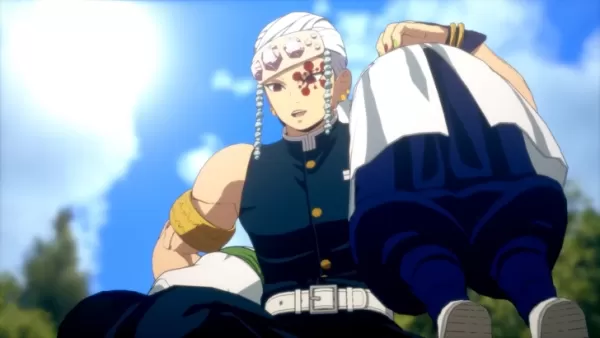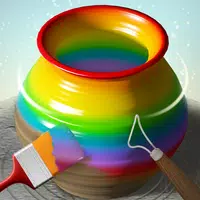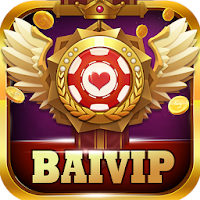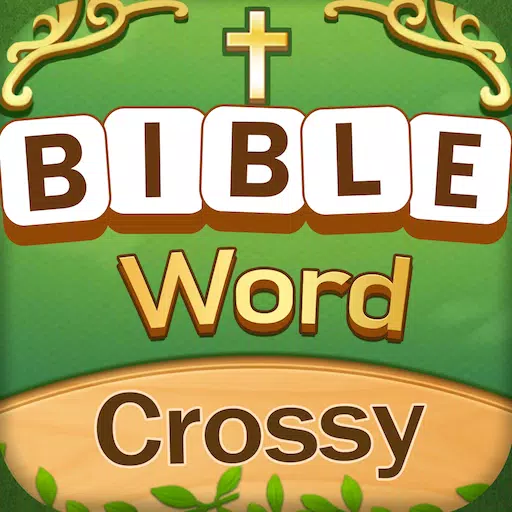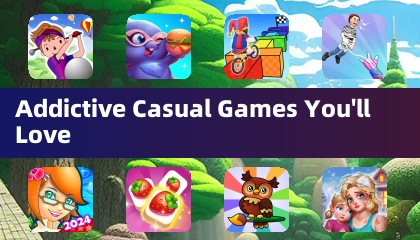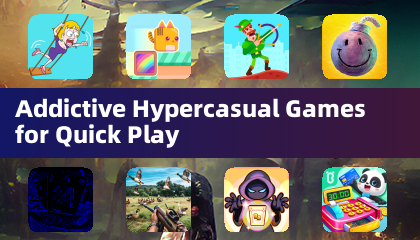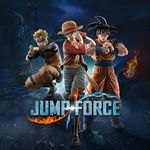Astro Bot fans might be familiar with the story behind the creation of the sponge power-up, but did you know that Team Asobi also experimented with even more outlandish ideas like a coffee grinder and a roulette wheel? This intriguing detail was revealed during IGN's attendance at GDC 2025, where Team Asobi's studio director, Nicolas Doucet, delivered a comprehensive talk titled "The Making of 'ASTRO BOT'". In this session, Doucet delved deep into the creation process of the PlayStation mascot platformer, showcasing a variety of early prototype images and content that didn't make the final cut.
Doucet began his talk by discussing the initial pitch for Astro Bot, which was crafted in May 2021, shortly after Team Asobi started prototyping. He revealed that the pitch underwent 23 revisions before being presented to top management. The pitch was creatively formatted as an adorable comic strip that highlighted the main pillars and activities of the game, and it clearly resonated with its audience.
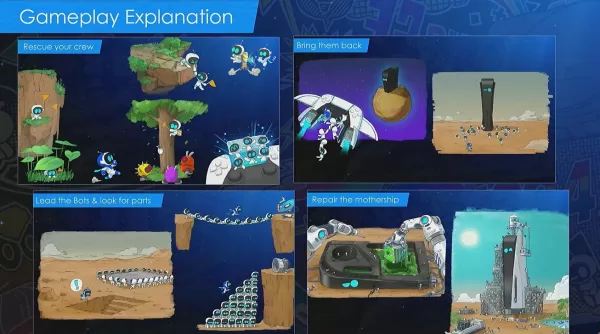
Next, Doucet explained how Team Asobi generated ideas through extensive brainstorming sessions. They formed small, interdisciplinary groups of 5-6 people who contributed ideas on individual sticky notes, resulting in a visually stunning brainstorming board. However, not all ideas progressed to the prototyping stage; only about 10% made it through, but this still meant a substantial amount of prototyping occurred.
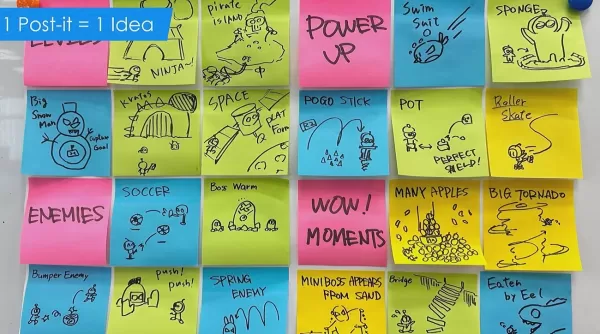
Doucet emphasized the importance of prototyping across all departments, not just game design. For instance, audio designers created a theater inside Astro Bot to prototype haptic controller vibrations that corresponded to different sound effects, like the various ways a door could open and close. Prototyping was so integral to the development process that some programmers were dedicated to experimenting with non-platforming mechanics. This approach led to the creation of the sponge mechanic, which became a beloved part of the game after being prototyped with the adaptive trigger.
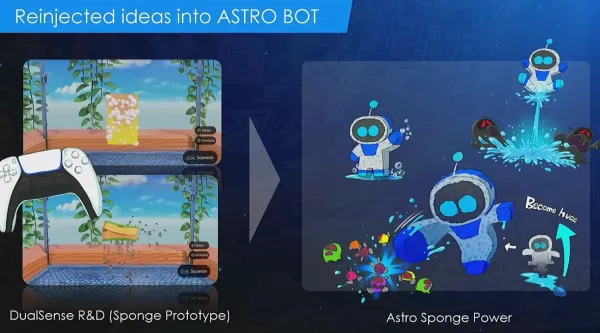
Doucet shared images of various prototypes, including those that were ultimately not used in the game. Among them were a balloon, a sponge, a tennis game, a walking wind-up toy, a roulette wheel, a coffee grinder, and several more. These images provided a fascinating glimpse into the creative process behind Astro Bot.
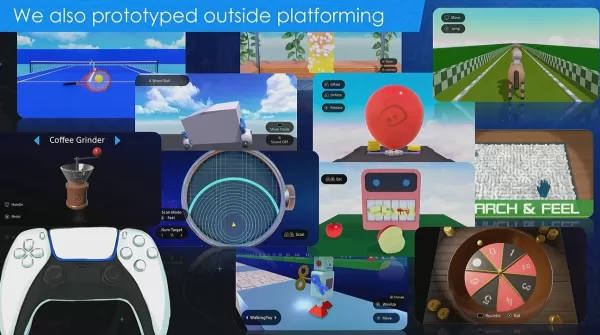
Doucet also discussed how levels were chosen and designed around specific mechanics, aiming for each level to offer unique gameplay and avoid feeling repetitive. He showed images of a cut level themed around bird flights, which was scrapped because it reused Astro Bot's monkey power-up in ways too similar to existing levels. "In the end, it was decided that the overlap was not healthy enough to create variety, and we just cut this level entirely," Doucet explained. "We'll never know if that level would have been popular. But in hindsight, I think it's a good thing that we got to spend that time elsewhere."
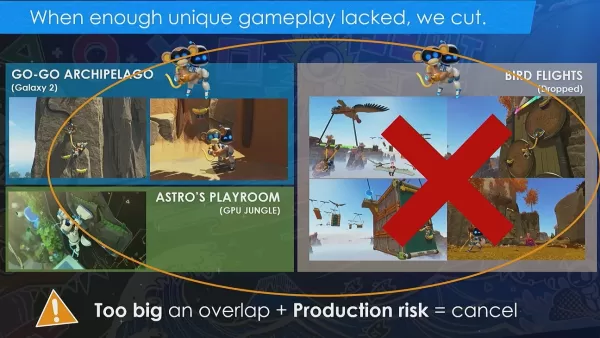
In closing his talk, Doucet touched on the game's final scene, which contains Spoilers for those who haven't finished Astro Bot yet. In the final scene, players reassemble a broken Astro Bot with the help of other bots. Initially, the scene featured a completely dismembered Astro Bot, which some found upsetting, leading to the more intact version seen in the final game.
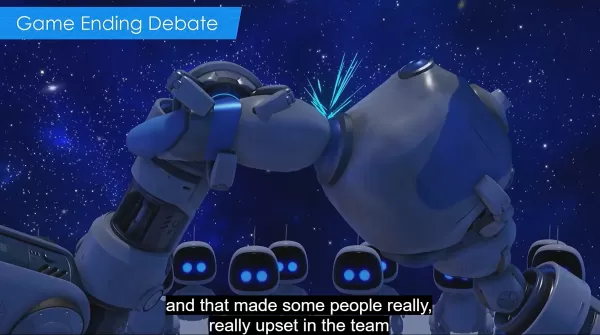
Doucet's talk offered a wealth of insights into the development of Astro Bot, a game that IGN previously reviewed with a score of 9/10, praising it as "A fantastically inventive platformer in its own right, Astro Bot is particularly special for anyone with a place in their heart for PlayStation."


